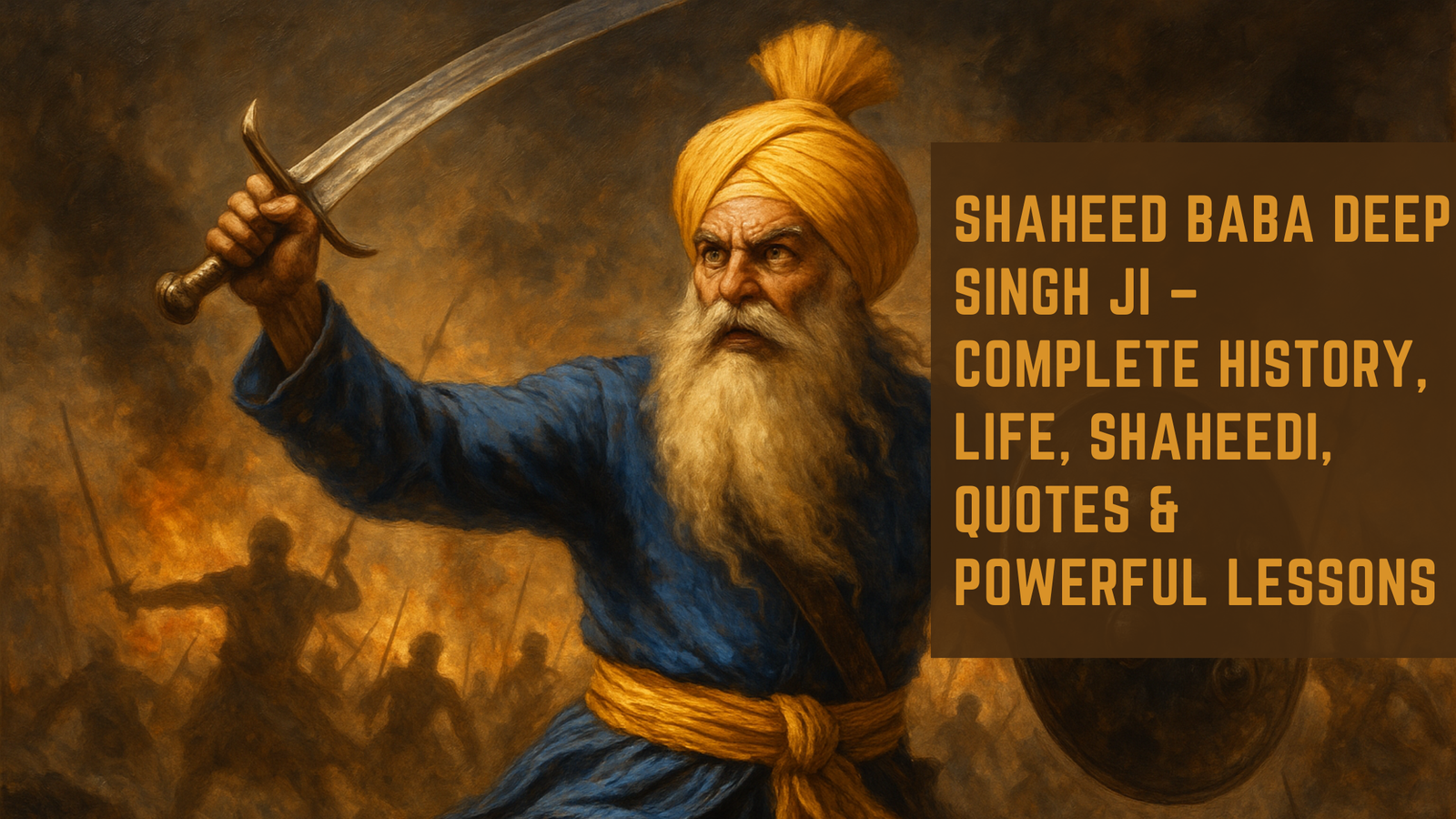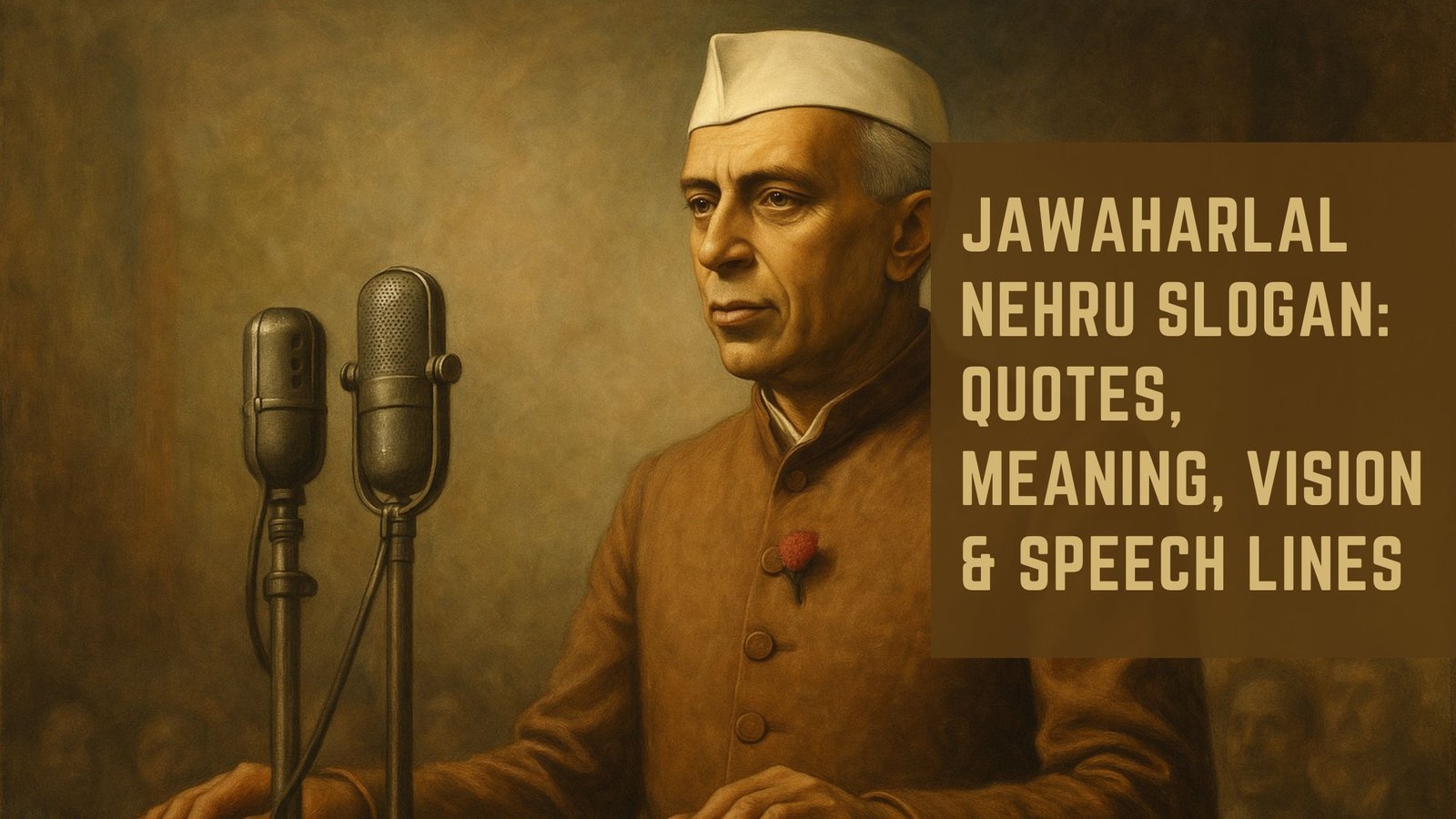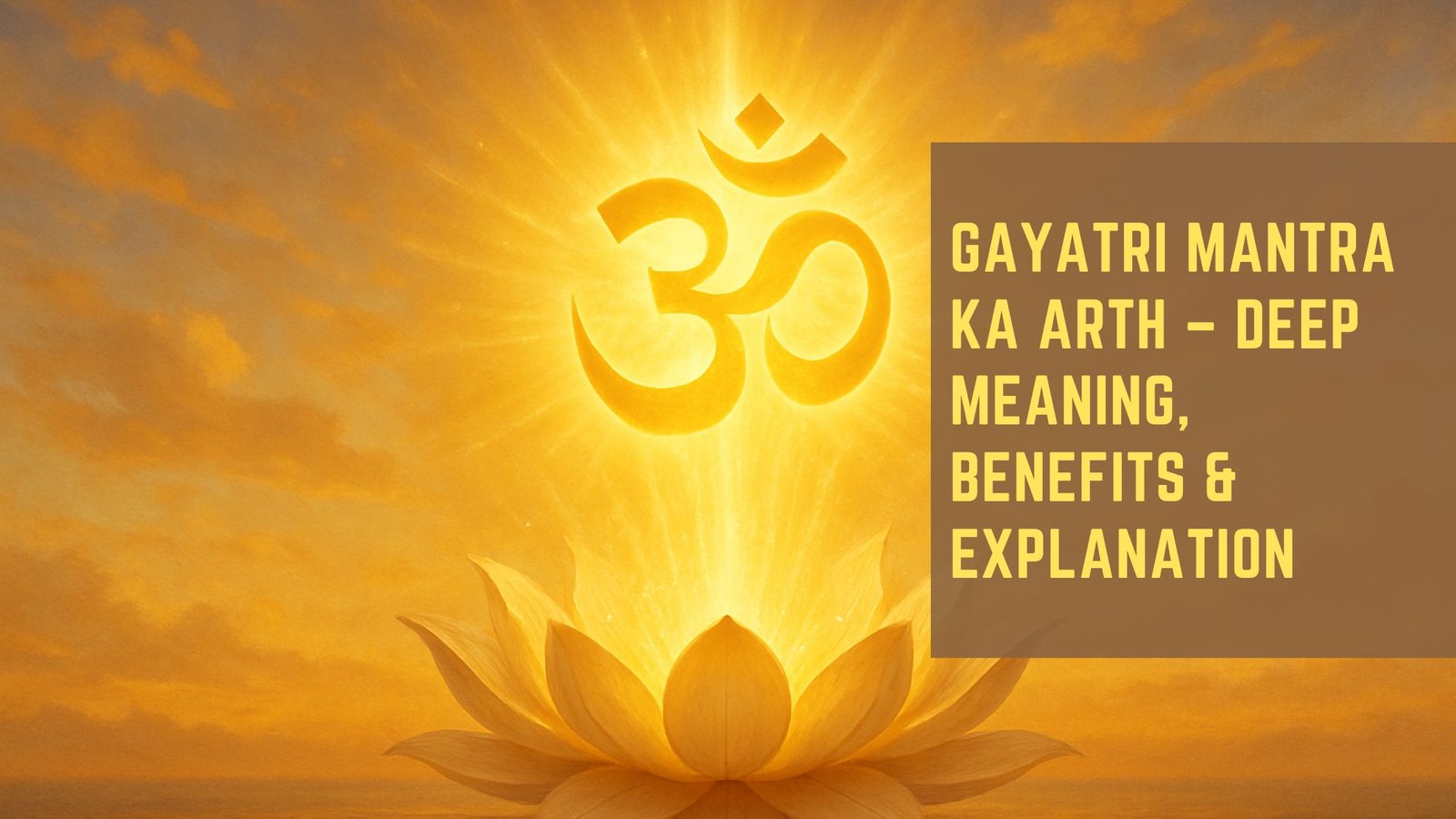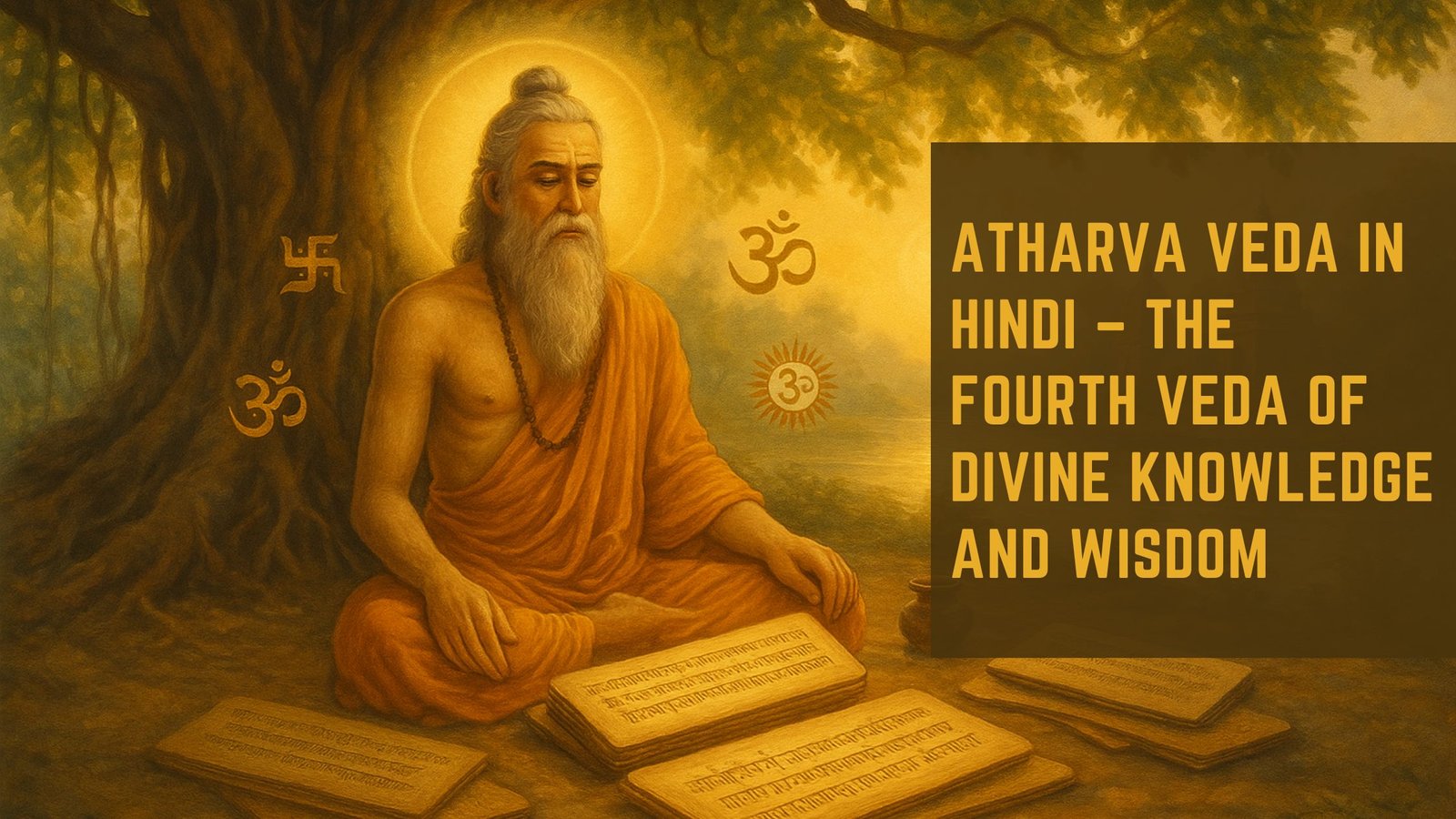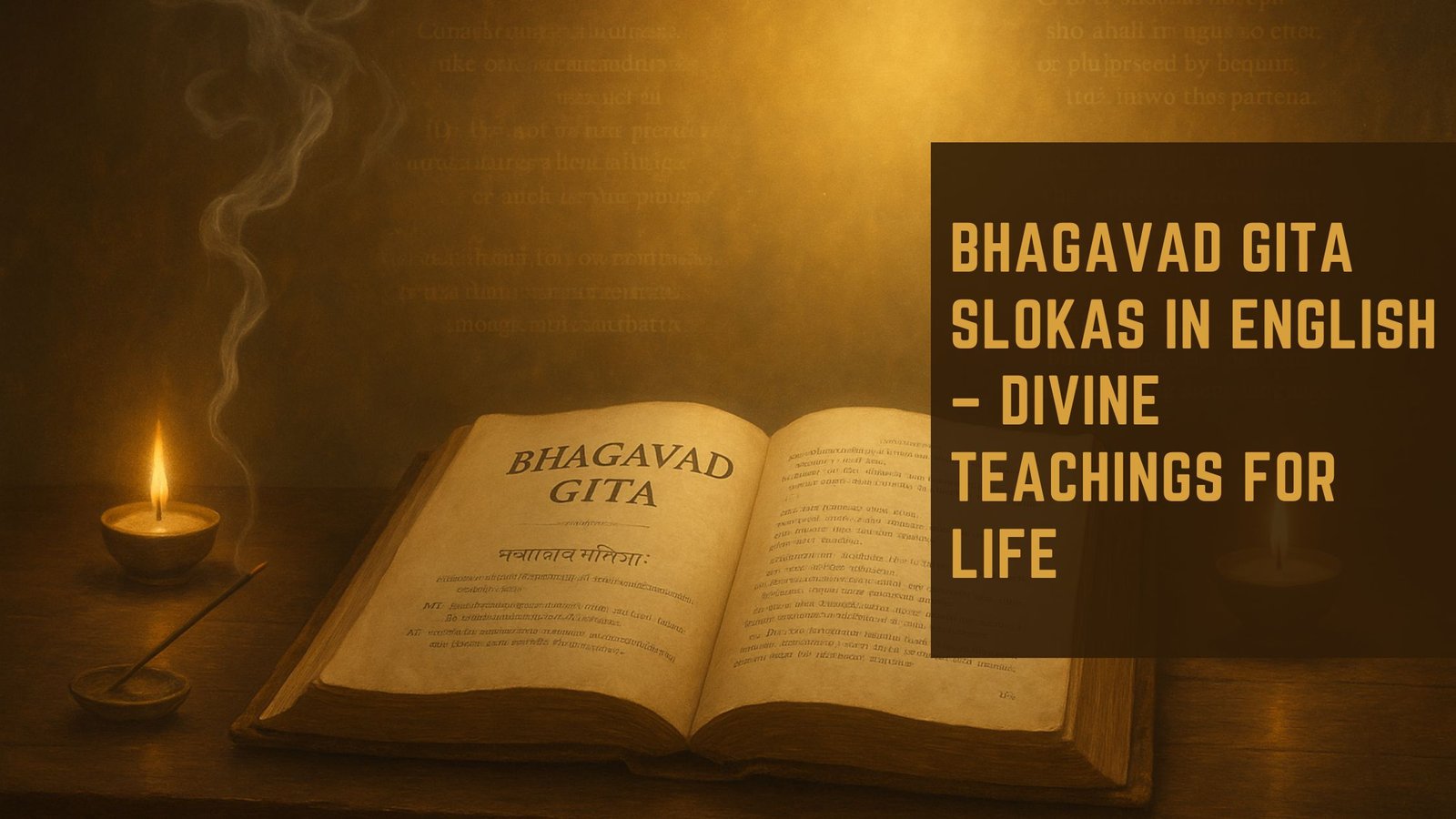The Bhagavad Gita, often referred to simply as the Gita, is a 700-verse Hindu scripture that is part of the Indian epic Mahabharata. It is a philosophical dialogue between Prince Arjuna and Lord Krishna, who serves as his charioteer. This sacred text is set on the battlefield of Kurukshetra, just before a great war is about to commence.
The Gita addresses the moral and philosophical dilemmas faced by Arjuna as he grapples with the implications of fighting against his own relatives, teachers, and friends. The text delves into profound questions about duty (dharma), righteousness, and the nature of reality, making it a cornerstone of Hindu philosophy and spirituality. The Gita’s significance extends beyond its religious context; it has been a source of inspiration for countless individuals across various cultures and backgrounds.
The dialogue between Arjuna and Krishna encapsulates the struggle between personal desires and ethical responsibilities, a theme that remains relevant in contemporary society. As readers engage with the text, they are invited to reflect on their own lives and the choices they face, making the Gita not just a historical document but a living guide for personal growth and understanding.
Key Takeaways
- The Bhagavad Gita is a sacred Hindu scripture that is part of the Indian epic Mahabharata, and it is a conversation between Prince Arjuna and the god Krishna.
- Vyasa is traditionally credited as the author of the Bhagavad Gita, and he is also known for compiling and writing the Mahabharata.
- Key themes and teachings of the Bhagavad Gita include duty (dharma), righteousness, the nature of the self, and the concept of yoga as a path to spiritual realization.
- The Bhagavad Gita has had a significant influence on Indian philosophy, spirituality, and literature, and it has also been studied and revered by people around the world.
- In modern society, the Bhagavad Gita continues to be a source of inspiration and guidance for individuals seeking spiritual wisdom and practical advice for living a meaningful life.
The Author: Vyasa
Vyasa, also known as Vedavyasa or Krishna Dvaipayana Vyasa, is traditionally credited as the author of the Mahabharata, which includes the Bhagavad Gita. He is a central figure in Hindu tradition, revered as one of the seven Chiranjivi (immortal beings) and considered an incarnation of Lord Vishnu. Vyasa’s contributions to Indian literature and philosophy are immense; he is not only the compiler of the Vedas but also the author of numerous Puranas and other texts that form the foundation of Hindu thought.
Vyasa’s life is steeped in legend and spirituality. According to tradition, he was born to the sage Parashara and a fisherwoman named Satyavati. His birth was marked by divine circumstances, and he was destined to play a crucial role in shaping the spiritual landscape of India.
Vyasa’s ability to synthesize complex philosophical ideas into accessible narratives is evident in the Gita. His portrayal of Krishna as both a divine being and a relatable guide reflects his deep understanding of human nature and the challenges individuals face in their pursuit of truth and fulfillment.
Key Themes and Teachings

The Bhagavad Gita encompasses a multitude of themes that address fundamental questions about existence, ethics, and spirituality. One of the most prominent themes is the concept of dharma, or duty. Arjuna’s initial reluctance to engage in battle stems from his confusion about his responsibilities as a warrior versus his emotional ties to his family.
Krishna’s teachings emphasize that one must adhere to their dharma, even when faced with difficult choices. This notion encourages individuals to act according to their roles in society while maintaining moral integrity. Another significant theme is the nature of self and consciousness.
The Gita introduces the idea of the eternal soul (atman) that transcends physical existence. Krishna explains that while bodies may perish, the soul remains immortal. This perspective invites readers to contemplate their true nature beyond material attachments and societal labels.
The teachings on self-realization encourage individuals to seek inner peace through understanding their connection to the divine and recognizing their place within the larger cosmos.
Influence and Impact
The influence of the Bhagavad Gita extends far beyond its religious origins; it has shaped philosophical discourse, art, literature, and political thought throughout history. In India, it has been a source of inspiration for leaders such as Mahatma Gandhi, who regarded it as a spiritual guide for nonviolent resistance. Gandhi’s interpretation emphasized the importance of selfless action (karma yoga) and adherence to one’s principles in the face of adversity.
His application of Gita’s teachings in the struggle for independence illustrates its profound impact on social movements. Globally, the Gita has attracted attention from scholars, philosophers, and spiritual seekers alike. Its teachings have been integrated into various philosophical frameworks, including existentialism and humanism.
The text has been translated into numerous languages, making it accessible to diverse audiences. Its exploration of universal themes such as duty, morality, and the quest for meaning resonates with people from different cultural backgrounds, fostering cross-cultural dialogue and understanding.
The Bhagavad Gita in Modern Society
In contemporary society, the Bhagavad Gita continues to be relevant as individuals navigate complex moral landscapes and seek guidance in their personal lives. The text’s emphasis on self-awareness and ethical decision-making provides a framework for addressing modern dilemmas such as environmental sustainability, social justice, and personal fulfillment. As people grapple with issues like work-life balance and mental health, the Gita’s teachings on detachment from outcomes (sankhya yoga) offer valuable insights into managing stress and anxiety.
Many modern psychologists draw upon its principles to promote mindfulness and emotional intelligence. Leadership programs often incorporate Gita’s teachings on duty and responsibility to cultivate ethical leaders who prioritize service over self-interest.
This adaptability underscores the timeless nature of its wisdom and its capacity to address contemporary challenges.
Key Verses and Passages

The Importance of Detachment
One of the most quoted verses is Chapter 2, Verse 47, which states, “You have a right to perform your prescribed duties, but you are not entitled to the fruits of your actions.” This verse highlights the importance of focusing on one’s responsibilities without attachment to outcomes—a principle that encourages individuals to act with integrity while relinquishing anxiety about results.
Divine Intervention in Times of Crisis
Another significant passage is found in Chapter 4, Verse 7-8, where Krishna declares, “Whenever there is a decline in righteousness and an increase in unrighteousness, O Arjuna, at that time I manifest myself.” This declaration emphasizes divine intervention during times of moral crisis, reinforcing the belief that higher powers guide humanity toward righteousness.
The Cyclical Nature of Existence
Such verses serve as reminders of the cyclical nature of existence and the ongoing struggle between good and evil.
Interpretations and Commentaries
The Bhagavad Gita has inspired a vast array of interpretations and commentaries throughout history, reflecting diverse philosophical perspectives. Adi Shankaracharya’s commentary in the 8th century CE emphasized non-dualism (Advaita Vedanta), arguing that ultimate reality is a singular consciousness beyond individual identities. His interpretation has significantly influenced Hindu thought by promoting the idea that realizing one’s unity with Brahman leads to liberation (moksha).
In contrast, other commentators like Ramanuja focused on qualified non-dualism (Vishishtadvaita), which posits that while individual souls are distinct from God, they are also part of a greater whole. This perspective emphasizes devotion (bhakti) as a means to connect with the divine. Modern scholars have also contributed to this discourse by applying contemporary philosophical frameworks to interpret the Gita’s teachings in light of current societal issues.
The Bhagavad Gita in Practice
The practical application of the Bhagavad Gita’s teachings can be seen in various aspects of daily life. Many practitioners engage in meditation and yoga as means to cultivate self-awareness and inner peace—concepts deeply rooted in Gita’s philosophy. The practice of karma yoga encourages individuals to perform their duties selflessly while maintaining equanimity amidst success or failure.
Additionally, community service inspired by Gita’s teachings fosters a sense of responsibility toward others. Many organizations incorporate its principles into their missions, promoting social welfare through selfless action. By embodying these teachings in everyday interactions—whether through acts of kindness or ethical decision-making—individuals can create positive ripples within their communities.
The Bhagavad Gita remains a timeless source of wisdom that transcends cultural boundaries and speaks to fundamental human experiences. Its teachings continue to inspire individuals on their journeys toward self-discovery, ethical living, and spiritual fulfillment. Through its rich tapestry of themes and insights, the Gita invites readers to explore their own paths while navigating life’s complexities with grace and purpose.
If you are interested in learning more about the Bhagavad Gita and its teachings, you may want to check out the article “Life Lessons from the Gita: Ancient Wisdom for Today” on

